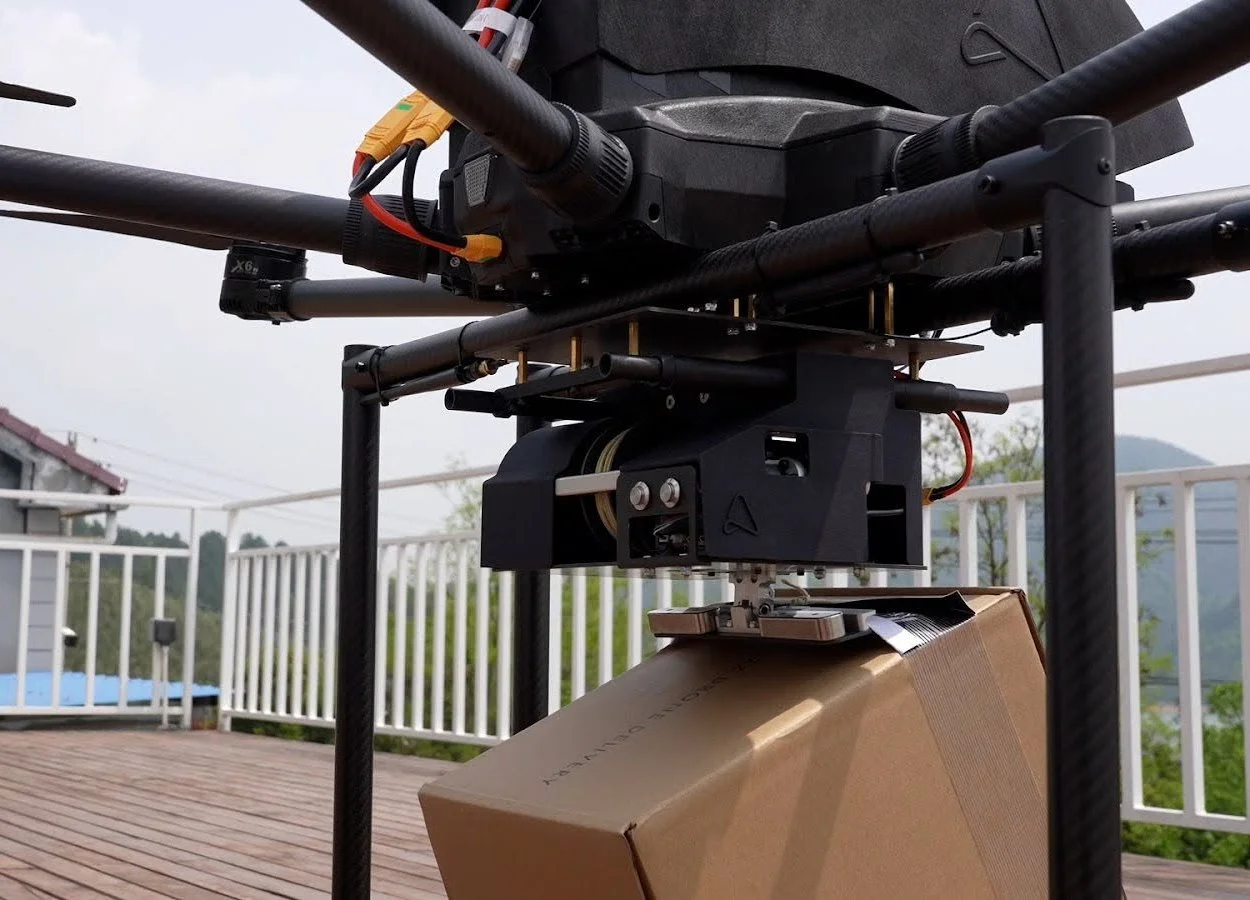Benchmarks from Ground Zero: A Year of Testing and Refinement of Our Commercial Delivery Drones
It has been a full year since we launched our RDSX Pelican long range delivery drone, and seven months since the second generation of our RDST Longtail integrated delivery drone. Both platforms have been embraced by customers around the world looking to streamline logistics operations. As customer feedback rolls into our development cycle, we have continued to refine both commercial drone delivery systems, and our development units have reached some exciting milestones over the last months. Reaching many of these testing benchmarks at our Ground Zero BVLOS Test Facility have not only proven out the UAVs capabilities under real-life conditions, but have opened new customer pathways outside last-mile drone delivery missions.
Durability Testing – 5,500 Kilometers Flown
While consumer drones often see sporadic flight schedules, commercial drones need to be able to take to the air on a daily basis, often for prolonged missions that could last an entire day. Having confidence that your investment in a high-quality, task-ready flight platform is a must for commercial operators. Our ability to conduct testing missions and delivery trials throughout the urban and rural regions surrounding our Ground Zero Test Facility has enabled us to prove the durability of both the RDST Longtail and RDSX Pelican hardware and software systems. Combined, these two development units have traversed more than 5,500 kilometers with only routine safety maintenance.
Reliability Testing – 8,000 Drone Winch Deliveries
Our RDS2 commercial UAV winch is the second generation of our stalwart drone winch. It has become a trusted piece of drone hardware for logistics customers around the world from streamlining offshore logistics in the energy fields of the North Sea to the ever-expanding consumer parcel deliveries in countries around the globe, it has enabled rapid deployment of life-saving AEDs at the 2024 Asia Games and is even helping to expand high school STEM curricula in California. The RDS2 is also hard at work in our daily testing and daily drone deliveries servicing customers around the Ground Zero Test Facility. In the last year, our commercial drone winch has completed 8,000 deliveries in actual logistics operations and testing missions.
Testing Performance in Cold and Heat – Operations from -8° C to 38° C
Drone operators pay very close attention to air temperatures because it has such impacts on battery performance. For commercial drone operations to safely and dependably fly in both hot and cold environments require accurate field testing. The diverse temperature patterns experienced at our Ground Zero Test Facility allow us to put the RDSX Pelican and RDST Longtail through the ringer in temperatures ranging from below zero freezing conditions to subtropical heat. Conducting hours of testing in conditions ranging from -8° C to 38° C has allowed us to develop a reliable model for realistic flight durations in just about any temperature.
Testing Safe High Wind Operations – Flights in Winds up to Level 6
Whether at the sticks of a large passenger plane or the smallest consumer drone, anticipated wind speeds are one of the most-closely monitored environmental factors for any pilot. A generally applied rule of thumb for drone pilots is safe operations can be maintained in wind speeds up to about two-thirds of the UAV platform’s top speed. With our Ground Zero Test Facility situated in a mountainous region, our test pilots are able to put the RDSX Pelican and RDST Longtail to work right up to the limits of these capabilities. With a cruising speed of 20 m/s, our Longtail platform has been tested right up to the top of the accepted range of wind speeds, and the slightly more powerful RDSX Pelican at even higher wind speeds. Both the RDSX Pelican and the RDST Longtail routinely take flight in wind conditions measuring up to level six, which equates to an operations envelope of 27 knots of wind.
Testing All-Weather Operations – Flying Through Rain and Snow
Regardless of the mission parameters, drone logistics operations need to be able to continue missions when the sun fades away and rain showers approach or snow starts to fall in colder climates. In designing our RDST Longtail, we sought to enable these mission-critical flights regardless of the weather. The Longtail is engineered with a lightweight, weather-resistant airframe that is rainproof in up to medium rain. As the seasons change from roaring summer heat, to winter snows, and eventually spring showers, the RDST Longtail has maintained its rigorous test schedule at the Ground Zero Test Facility.
Testing Evolving Mission Parameters
Customers continue to look to our RDSX Pelican and RDST Longtail to push the boundaries of drone delivery. Offering industry-leading payload capacities and delivery range, the commercial UAVs are valuable parts of a holistic drone delivery fleet. With our RDS2 drone winch integrated with the airframes, customers can confidently make deliveries from altitude where spinning propellers are kept far from people and property, prop noise is mitigated, and the drone is a safe distance from potential ground obstructions. These proven commercial UAV platforms are also finding appeal outside last-mile delivery. The customizable commercial drones have also been sought out by customers beyond routine drone logistics operations. Currently, our development team is busy testing a small fleet of RDST Longtails outfitted for water data collection and automated patrol of urban and rural waterways.
If you are looking to advanced unmanned aerial vehicles to solve a unique challenge, whether a logistics challenge or something more dynamic, reach out to our team to learn how we can customize our commercial drones to get to work for you.



